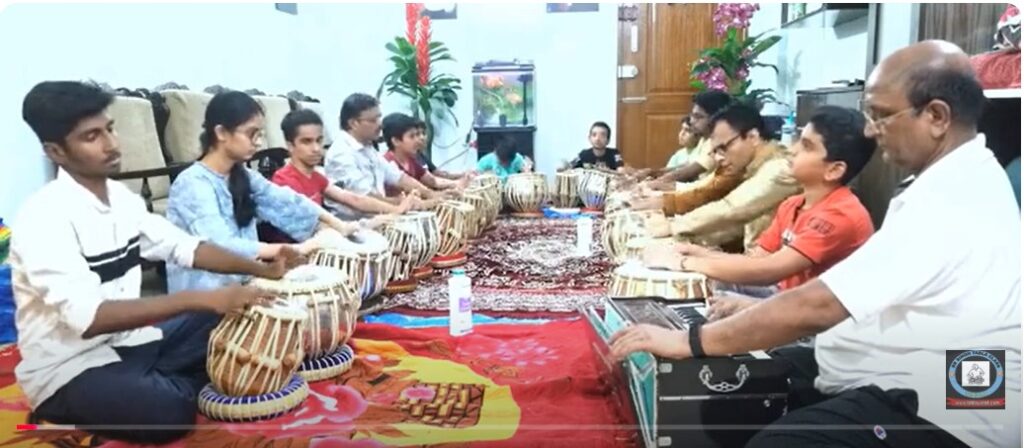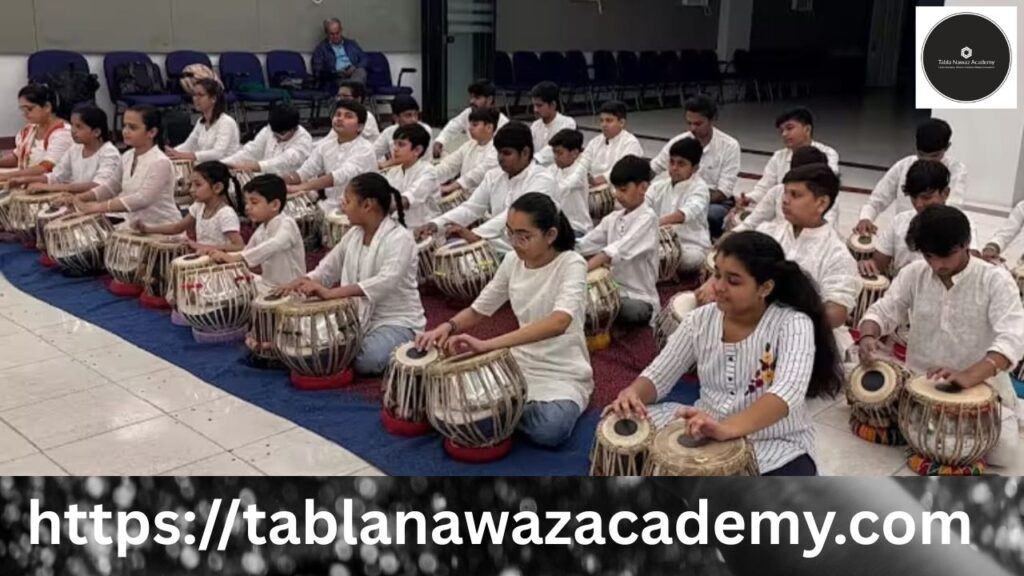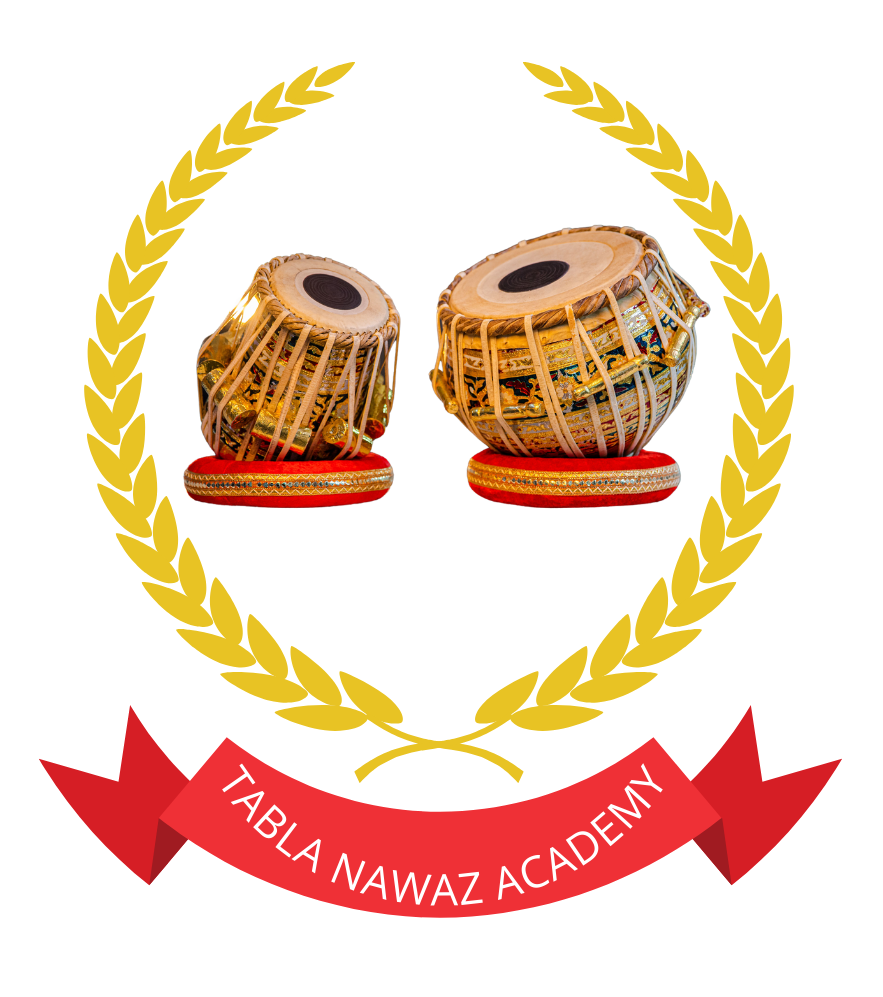🎤 Vocal Visharad Part 1: Awakening the Raga Within
Embarking on the Vocal Visharad Part 1 journey is like opening a gateway into a timeless musical universe—one filled with emotion, discipline, devotion, and creativity. Whether you are a young student, a curious listener, or an adult learner finally following your passion, this first level is where your voice meets tradition. This blog explores the essence of Vocal Visharad Part 1, what you’ll learn, why it matters, and how this path gently leads you toward a deeper connection with Indian classical music and your own inner self.
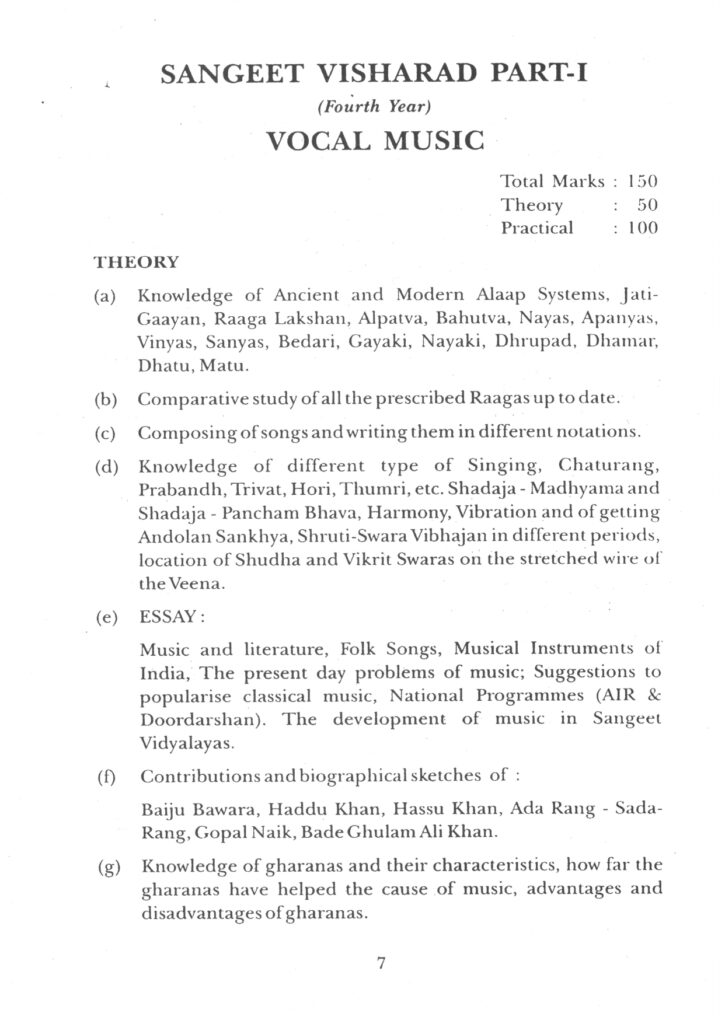
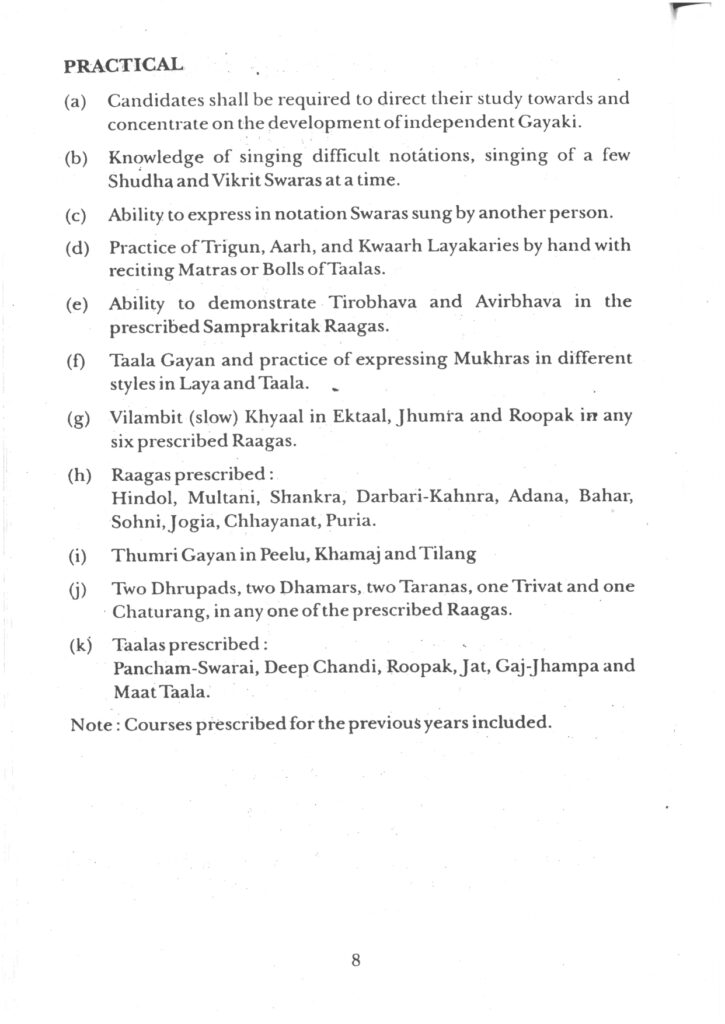
🎶 Why “Awakening the Raga Within”?
Music isn’t just sound; it’s expression. And in Hindustani classical music, a raga is not just a scale—it’s a feeling, a personality, a time of day, even a state of mind. When you begin learning in Visharad Part 1, you’re not just memorizing swaras—you’re learning how to feel them, express them, and eventually live them.
That’s why this phase is all about “awakening”—it’s the beginning of a conscious relationship between your voice and the soul of Indian music.
📚 What Do You Learn in Vocal Visharad Part 1?
Here’s a breakdown of core topics typically covered at this level:
🎵 1. Swaras (Notes) and Saptak (Octave)
- Understanding the seven basic swaras: Sa, Re, Ga, Ma, Pa, Dha, Ni.
- Practicing shuddha (pure) and vikrit (altered) notes.
- Learning Mandra (low), Madhya (middle), and Taar (high) saptaks.
🌀 2. Alankars (Patterns)
- Repeating different swara combinations to train voice precision.
- Developing pitch accuracy, breath control, and vocal flexibility.
- Practicing at varying speeds (laya) – slow, medium, fast.
🪘 3. Introduction to Taal (Rhythm)
- Learning basic taals like:
- Dadra (6 beats)
- Keharwa (8 beats)
- Teentaal (16 beats)
- Clapping, counting, and reciting taal cycles (theka).
🎼 4. Raga Basics
- Introduction to beginner ragas like:
- Raag Bhupali
- Raag Yaman
- Raag Desh
- Singing chhota khayal (short compositions) with lyrics.
- Understanding time theory and mood (rasa) of ragas.
🧠 5. Theory and Notation
- Learning to read and write Bhatkhande notation.
- Understanding the structure of compositions: sthayi, antara.
- Basic music theory: swar, taal, raag definitions.
🌟 Why This Stage Is So Important
You might think of Visharad Part 1 as the “ABC” of classical music—but it’s much deeper than that. This stage develops voice culture, listening ability, and emotional connection with music. It also builds discipline, which is crucial for any classical art form.
✅ Benefits of Visharad Part 1 Training:
- Develops sur sense (pitch accuracy).
- Trains your ear and voice to identify microtones.
- Instills a sense of rhythm and beat cycles.
- Builds confidence for performance and further training.
🎧 Suggested Listening for Beginners
Learning becomes deeper when you hear how great artists express the same ragas you’re studying. Here are some recordings that align with the Visharad Part 1 level:
- Lata Mangeshkar – “Jyoti Kalash Chhalke” (Raag Bhupali)
- Pandit Bhimsen Joshi – Chhota Khayal in Raag Yaman
- Kumar Gandharva – Bandish in Raag Desh
🎧 Pro Tip: Listen daily to absorb raga mood and style, even outside of practice time.
🗣️ Vocal Tips for Beginners
Here are a few practice tips to build a strong foundation:
- Daily Riyaz: Even 30 minutes daily can bring amazing progress.
- Use Tanpura: Practice with a tanpura or tanpura app to stay in pitch.
- Start Slow: Focus on clarity and purity, not speed.
- Record Yourself: Listen back to understand pitch and tone quality.
🎓 From Student to Sadhak
This stage is not just academic—it’s a spiritual discipline. Many students report a sense of calm, mindfulness, and even emotional healing through regular practice of swaras and ragas.
As you dive deeper, you start to notice the raga not just in your throat, but in your breath, mood, and even your thinking. This is the true awakening.
🧠 Quick Quiz: Test Your Knowledge
Q1. Which raga is pentatonic (uses 5 notes)?
- a) Yaman
- b) Bhupali ✅
- c) Desh
- d) Bageshree
Q2. Dadra taal has how many beats?
- a) 8
- b) 6 ✅
- c) 4
- d) 16
🗨️ Final Thought: Your Voice Is Your Instrument
In Indian classical music, the voice isn’t just a medium—it’s the main instrument. Visharad Part 1 is your initiation into a lifelong journey of self-discovery, creativity, and connection through sound.
“When the voice is tuned, the soul resonates.” – Ancient Indian saying
📢 Call to Action
🎤 Are you learning Visharad Part 1? Share a clip of your favorite raga practice and tag it with #AwakenTheRaga or #VocalVisharad!
Let your journey inspire others—and remember, the raga is already within you. You’re just learning to listen.
https://www.youtube.com/@BhagawanSingh
